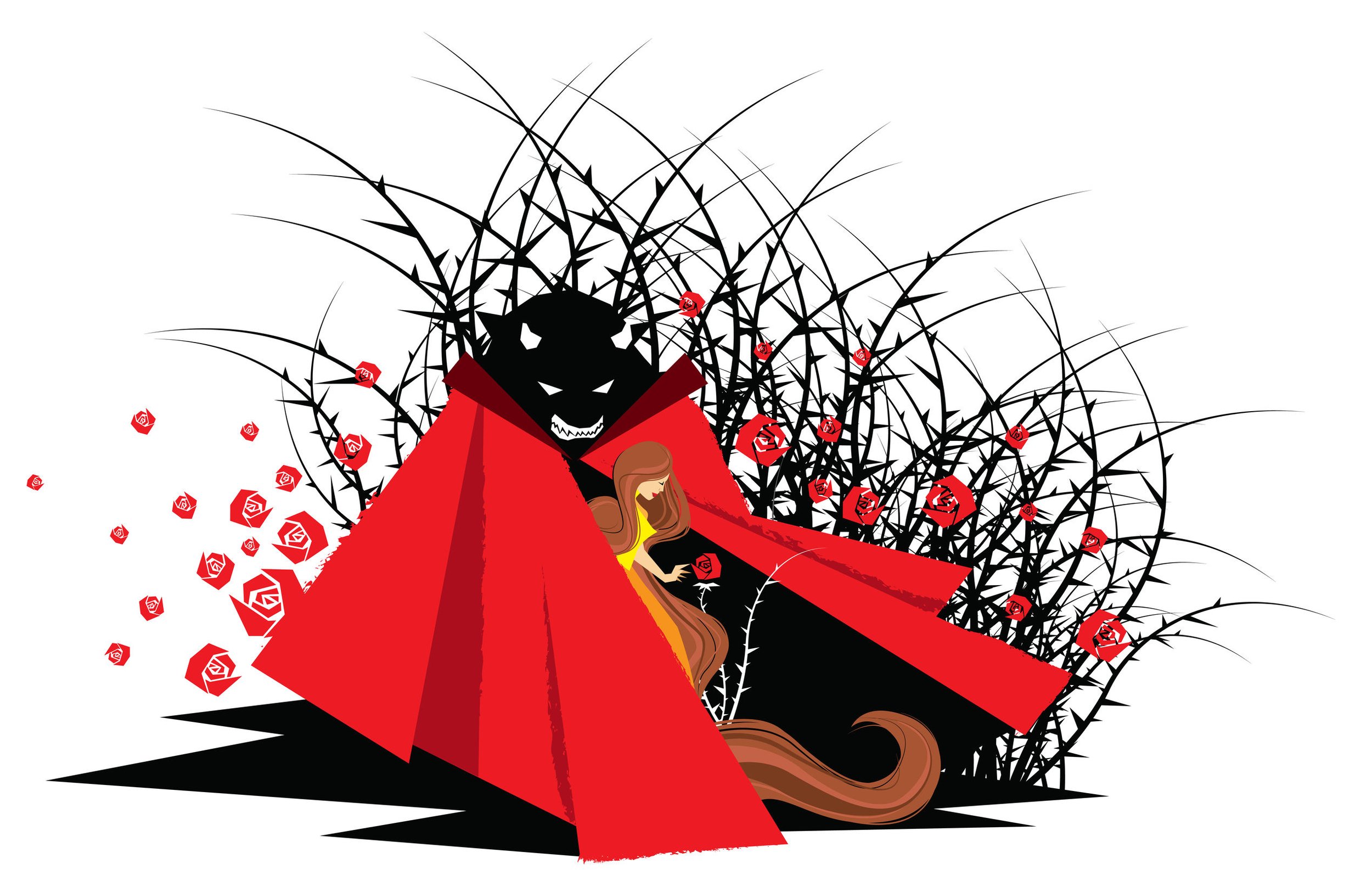Of Beauties and Beasts: How Damaged Heroes Point to Redemptive Love
My obsession with the tale as old as time…
“Love me, that’s all I ask of you.”
Once upon a time, there was a girl who loved fairytales. As she grew, she sought out fairytales in all their versions. She was always delighted when one of them was made into a movie—but a few stood out from the rest. Such as one of her all-time favourite Disney movies, Beauty and the Beast.
When Disney released their acclaimed movie in 1991, I was only fourteen years old. I bought it on VHS and wore it out.
The next year, I had the opportunity to see the Off-Broadway version of Andrew Lloyd Webber's Phantom of the Opera with my school band, which then became my new obsession. And I do mean obsession. I paid to to take my family to see it again out of my own meager wallet, listened to the soundtrack on a loop for months on end, and read both the original novel and a modern retelling by Susan Kay many several times.
Even at the time, I recognized the similarity between the two stories. But I'm not the only one who has become obsessed with the “tale as old as time.” The story of a charming beauty learning to love a prickly beast—loving the unloveable, and thereby saving them with that love—is a common romantic theme.
Pride and Prejudice. You've Got Mail. Moulin Rouge. My Fair Lady.
All of these love stories feature characters (often both of them) who seem unloveable or undesireable and are somehow “redeemed” by the influence or love of the other. (And yes, these are more of my favourites stories.)
What is it about this story line that makes it so moving?
I believe what moves us most are stories we identify with most strongly.
My heart was broken by these stories, but I didn't put myself in Belle’s shoes. (Though, had her dress presented itself, I may have borrowed that!) I always identified most strongly with Beast, or the Phantom—the gruff, damaged suitor who longed to be redeemed and restored by the love of someone kinder and more generous than he.
I think that’s the secret to the enduring popularity of the tale. No one really feels that bad for Beauty (in the original story), who gives up a pretty good life (though tormented by her older sisters) to live an even more pampered one with the Beast, who does nothing but lavish her with gifts and treat her kindly.
Or for Christine Daaé, the promising engenue of a psychotic “opera ghost” who finds fame and a handsome lover to save her from her life of loneliness (and the psycho).
Yes, these women have problems. But don’t we secretly ache for the damaged men who love them, hoping those broken souls can find the acceptance they crave?
Don’t we all feel a little (or a lot) broken sometimes and want someone to do the same for us?
I know I do. I am beyond thankful for the man I married, who puts up with my many flaws with grace and kindness.
That’s probably why my books The Friday Night Date Dress and Finding Heaven (or any of them, really) feature damaged heroines and heroes who find redemption and acceptance in the other.
When you strip away the fantastical trappings, the Beauty and the Beast story is about a broken person finding redemption through the self-sacrificing love of another—which is the ultimate definition of what love is.
This is the story that defines me. And it's not only the Tale as Old as Time, but also the Greatest Story Ever Told.
Because we could all use a little redemption once in a while.
“But God shows his love for us in that while we were still sinners, Christ died for us.”
This post was originally published in the Books & Inspiration Newsletter on 2019-02-15.
Since I originally wrote this post, Disney came out with the live action Beauty and the Beast, which I also loved. They took the original and honoured its spirit while making it a little deeper, fresher, and more original, and I love it when adaptations can do that.
What are some of your favourite versions of the Beauty and the Beast story? Let me know in the comments below!
Want to show your support? Join my community or buy me a coffee. You can also subscribe to this blog or buy one of my books.
Blog home | Blog archive

Your support means everything.
Thank you for reading. If you've found value here, I would deeply appreciate you letting me know by leaving a comment below. And please subscribe so you don’t miss a post.
I also invite you to check out my reader community to get access to exclusive fiction and bonus content, leave me a tip, and more.
Thanks for stopping by, and I hope you come again soon.

